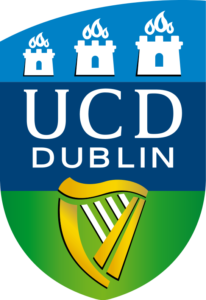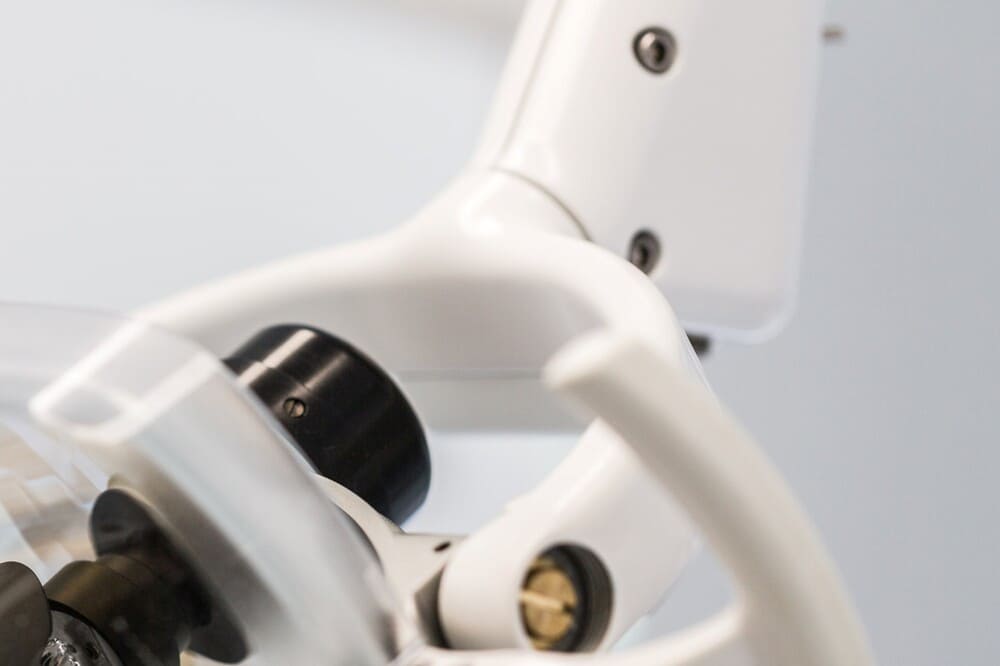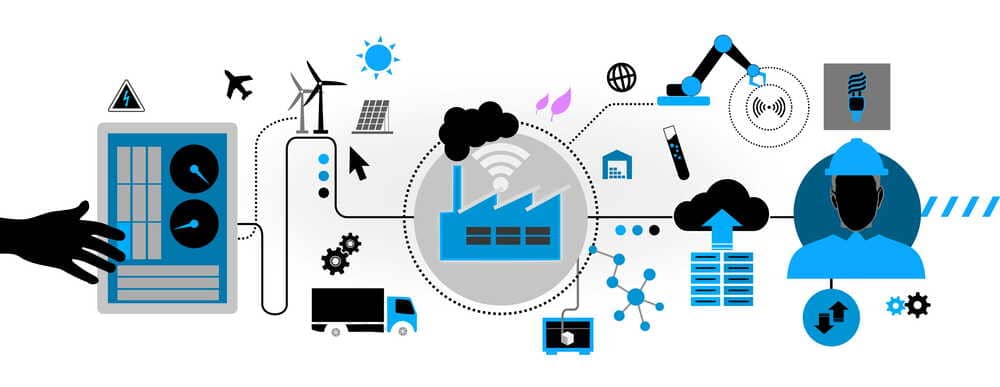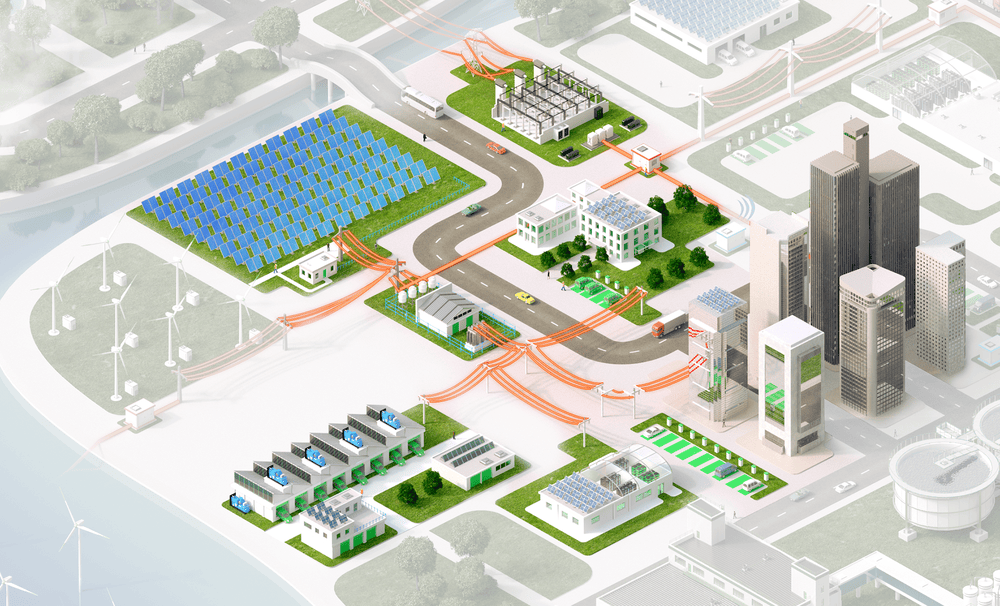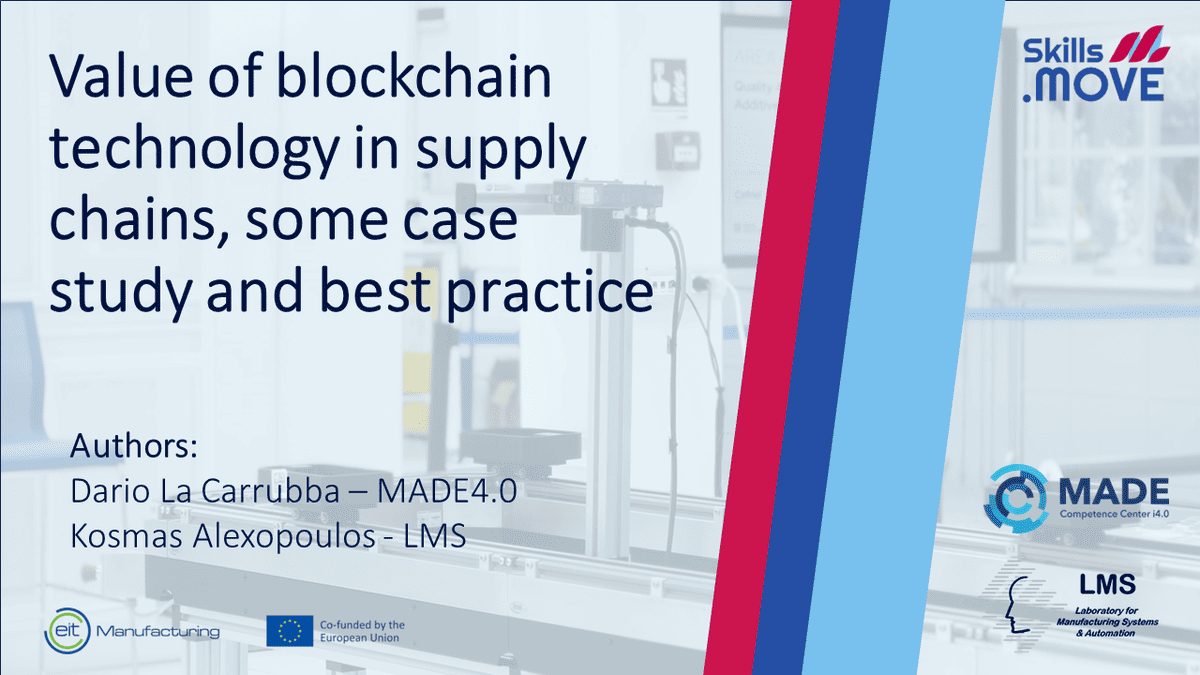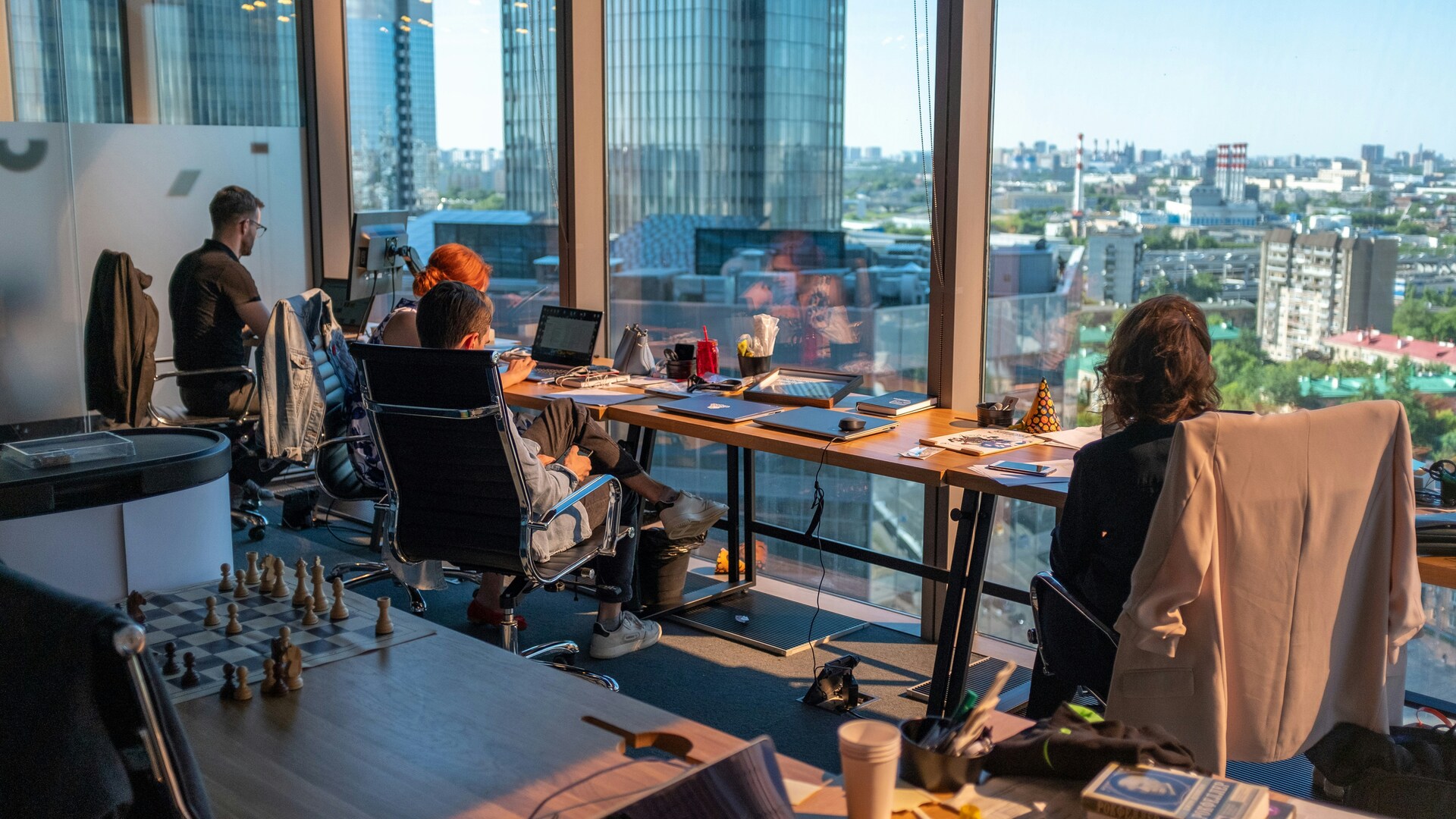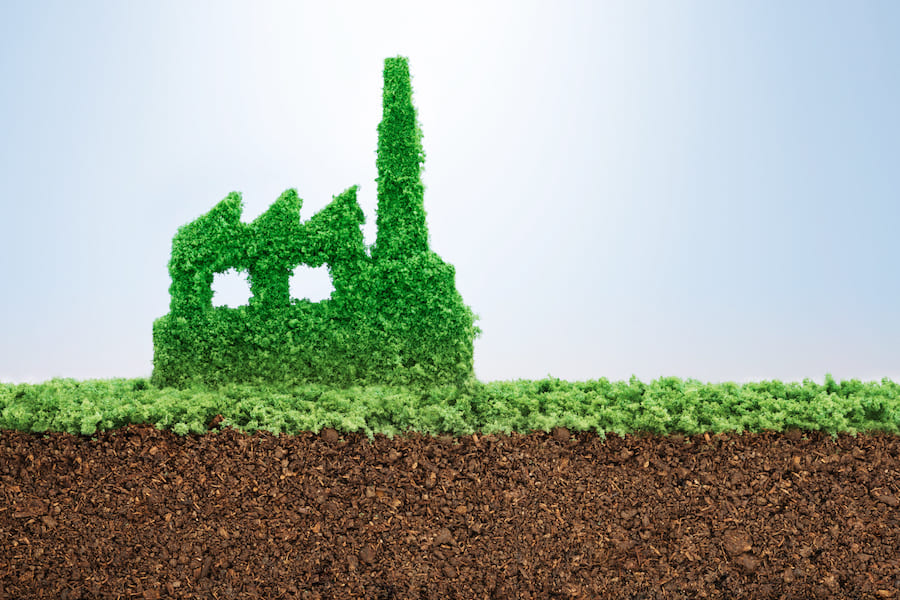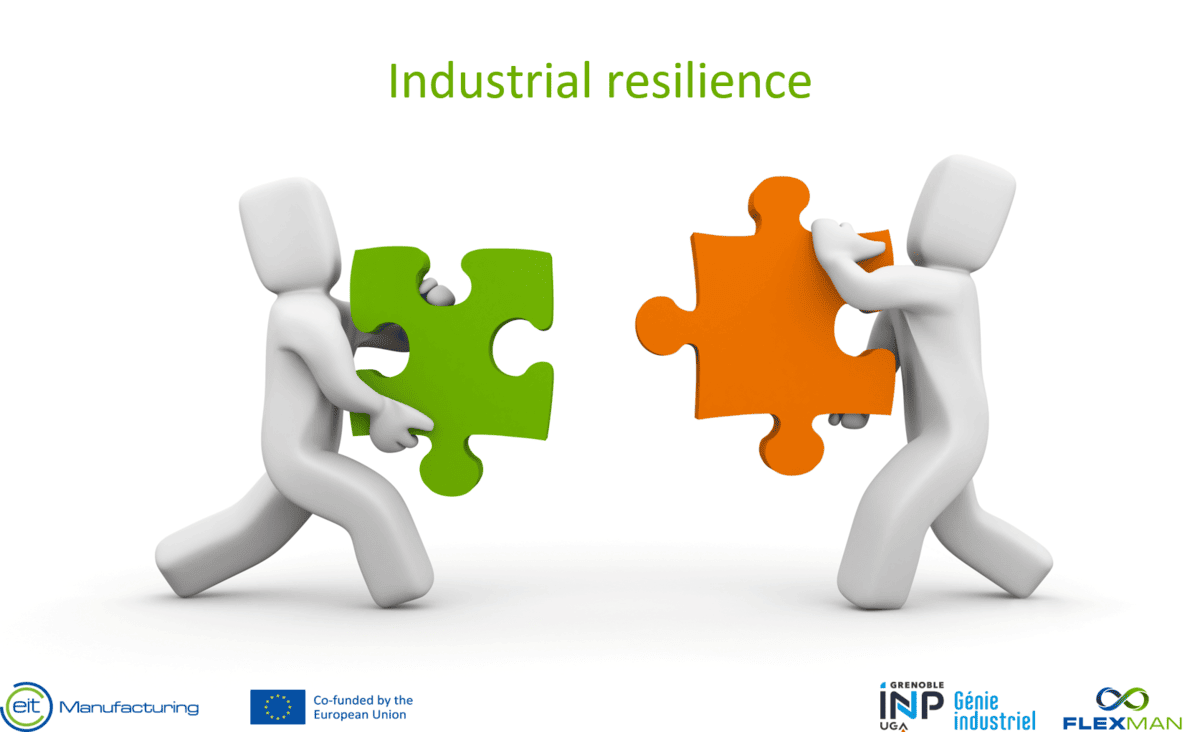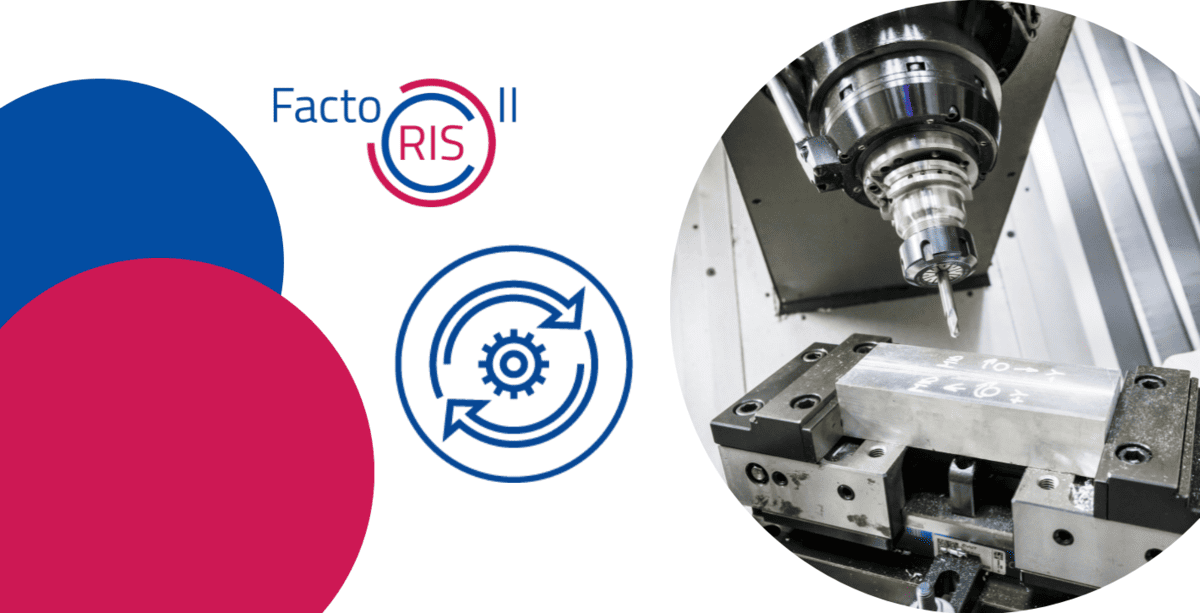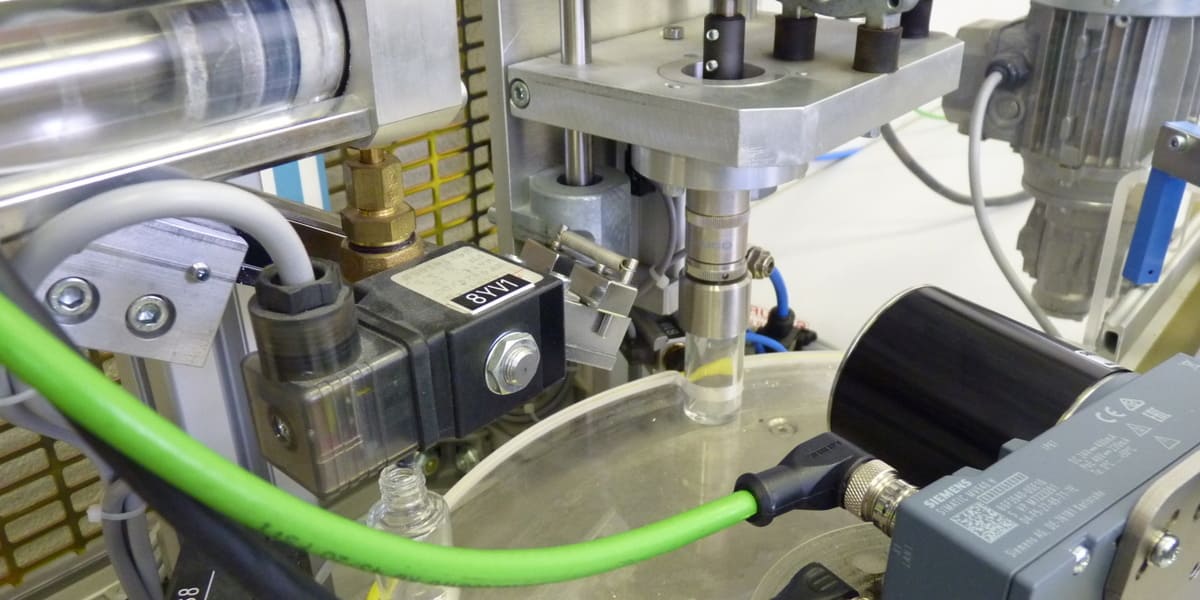Type of course:
Digital learning, Lesson
Language:
EN
Duration:
15 minutes
Workload:
2 hours
Proficiency:
Intermediate
Target:
Manager, Professionals, Students
Linear Economy is an economic model based on a straight progression from the extraction of natural resources to product manufacturing and consumption, ending in disposal. It typically follows a ‘take-make-dispose’ pattern. Whereas, Circular Economy is an economic model designed to remove waste and pollution, keep products and materials in use, and regenerate natural systems. It emphasizes the sustainable and continual use of resources, ensuring they circulate in the system for as long as possible. Circularity is an approach emphasizing keeping resources in use for as long as possible by recovering, recycling, and regenerating products and materials, as opposed to the traditional ‘take-make-dispose’ pattern. Circularity assessment tools are instruments that help businesses and organizations quantify and improve the circularity of their operations, products, or services. They aim to shift away from linear processes and towards more sustainable, closed-loop systems.<br><br>
Learning outcomes
- The students will have a clear understanding of available circularity assessment tools and be able to explain how they can help with realising a circular economy.
- The students will recognize the circularity assessment tools as viable and advantageous approaches for the manufacturing sector, helping them to move toward sustainable circular manufacturing.
- The students will understand the challenges and limitations of the introduced tools.
Course Content
Topics
Environmental Sustainability, Remanufacturing, Sustainable Energy and Clean Technologies, Preparation for Reuse, Sustainable Manufacturing, Recycling, Refurbishment


